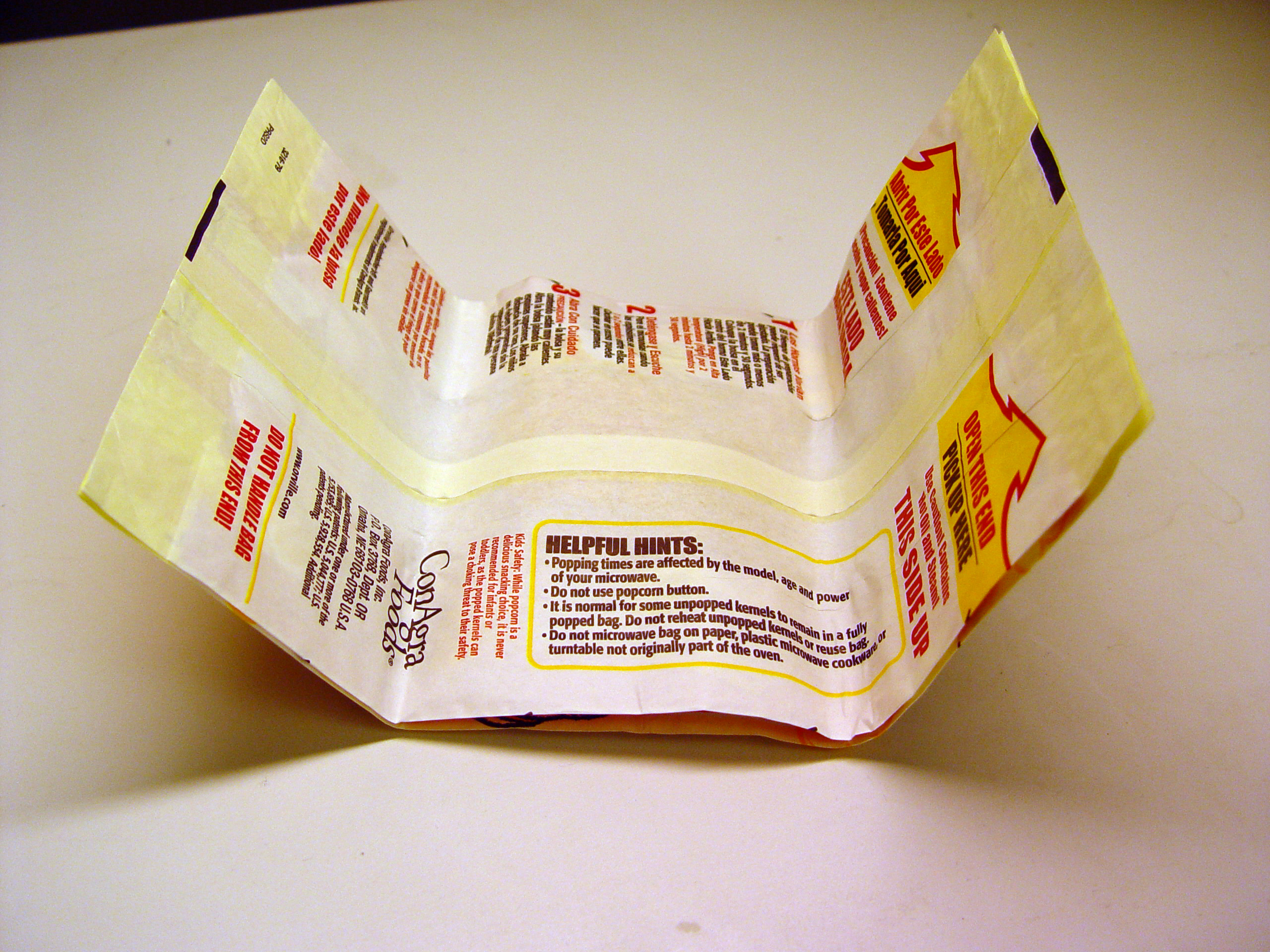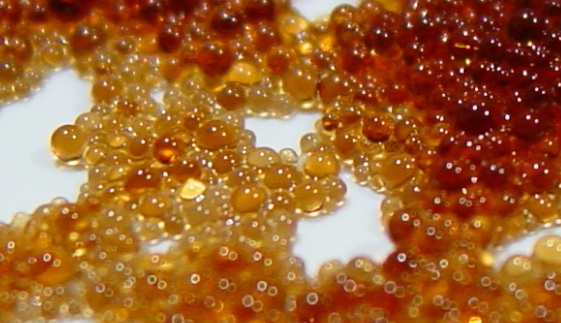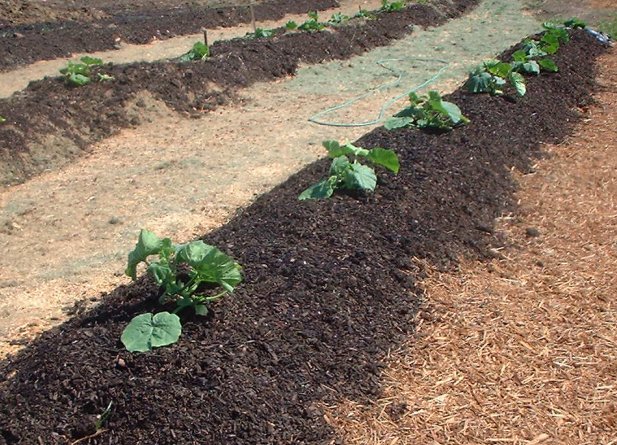|
Microwave Popcorn
Microwave popcorn is a convenience food consisting of unpopped popcorn in an enhanced, sealed paper bag intended to be heated in a microwave oven. In addition to the dried corn, the bags typically contain cooking oil with sufficient saturated fat to solidify at room temperature, one or more seasonings (often salt), and natural or artificial flavorings or both. With the many different flavors, there are many different providers. Design The bag is typically partially folded when it is placed in a microwave, and inflates as a result of steam pressure from the heated kernels. Microwave popcorn bags are designed to avoid popped-kernel scorching, an undesirable effect that takes place when popped kernels are heated above . A susceptor—usually a metalized film laminated onto the paper of the bag—absorbs microwaves and concentrates heat at the film interface, thus ensuring a heat distribution focused on the hard-to-heat flavor coating so that the unpopped kernels are evenly coate ... [...More Info...] [...Related Items...] OR: [Wikipedia] [Google] [Baidu] |
Popcorn Bag Unpopped
Popcorn (also called popped corn, popcorns or pop-corn) is a variety of corn kernel which expands and puffs up when heated; the same names also refer to the foodstuff produced by the expansion. A popcorn kernel's strong hull contains the seed's hard, starchy shell endosperm with 14–20% moisture, which turns to steam as the kernel is heated. Pressure from the steam continues to build until the hull ruptures, allowing the kernel to forcefully expand, to 20 to 50 times its original size, and then cool. Some strains of corn ( taxonomized as ''Zea mays'') are cultivated specifically as popping corns. The ''Zea mays'' variety ''everta'', a special kind of flint corn, is the most common of these. Popcorn is one of six major types of corn, which includes dent corn, flint corn, pod corn, flour corn, and sweet corn. History Corn was domesticated about 10,000 years ago, in what is now Mexico. Archaeologists discovered that people have known about popcorn for thousands of year ... [...More Info...] [...Related Items...] OR: [Wikipedia] [Google] [Baidu] |
Packaging Waste
Packaging waste, the part of the waste that consists of packaging and packaging material, is a major part of the total global waste, and the major part of the packaging waste consists of single-use plastic food packaging, a hallmark of throwaway culture. Notable examples for which the need for regulation was recognized early, are "containers of liquids for human consumption", i.e. plastic bottles and the like. In Europe, the Germans top the list of packaging waste producers with more than 220 kilos of packaging per capita. Background According to the United States Environmental Protection Agency (EPA), defined containers and packaging as products that are assumed to be discarded the same year the products they contain are purchased. The majority of the solid waste are packaging products, estimating to be about 77.9 million tons of generation in 2015 (29.7 percent of total generation). Packaging can come in all shapes and forms ranging from Amazon boxes to soda cans and are used ... [...More Info...] [...Related Items...] OR: [Wikipedia] [Google] [Baidu] |
Oxidation
Redox (reduction–oxidation, , ) is a type of chemical reaction in which the oxidation states of substrate change. Oxidation is the loss of electrons or an increase in the oxidation state, while reduction is the gain of electrons or a decrease in the oxidation state. There are two classes of redox reactions: * ''Electron-transfer'' – Only one (usually) electron flows from the reducing agent to the oxidant. This type of redox reaction is often discussed in terms of redox couples and electrode potentials. * ''Atom transfer'' – An atom transfers from one substrate to another. For example, in the rusting of iron, the oxidation state of iron atoms increases as the iron converts to an oxide, and simultaneously the oxidation state of oxygen decreases as it accepts electrons released by the iron. Although oxidation reactions are commonly associated with the formation of oxides, other chemical species can serve the same function. In hydrogenation, C=C (and other) bonds ar ... [...More Info...] [...Related Items...] OR: [Wikipedia] [Google] [Baidu] |
Membrane Separation
Membrane technology encompasses the scientific processes used in the construction and application of membranes. Membranes are used to facilitate the transport or rejection of substances between mediums, and the mechanical separation of gas and liquid streams. In the simplest case, filtration is achieved when the pores of the membrane are smaller than the diameter of the undesired substance, such as a harmful microorganism. Membrane technology is commonly used in industries such as water treatment, chemical and metal processing, pharmaceuticals, biotechnology, the food industry, as well as the removal of environmental pollutants. After membrane construction, there is a need to characterize the prepared membrane to know more about its parameters, like pore size, function group, material properties etc, which are difficult to determine in advance. In this process, instruments such as the Scanning Electron Microscope, the Transmission electron Microscope, the Fourier Transform Infrar ... [...More Info...] [...Related Items...] OR: [Wikipedia] [Google] [Baidu] |
Ion Exchange
Ion exchange is a reversible interchange of one kind of ion present in an insoluble solid with another of like charge present in a solution surrounding the solid with the reaction being used especially for softening or making water demineralised, the purification of chemicals and separation of substances. Ion exchange usually describes a process of purification of aqueous solutions using solid polymeric ion-exchange resin. More precisely, the term encompasses a large variety of processes where ions are exchanged between two electrolytes. Aside from its use to purify drinking water, the technique is widely applied for purification and separation of a variety of industrially and medicinally important chemicals. Although the term usually refers to applications of synthetic (man-made) resins, it can include many other materials such as soil. Typical ion exchangers are ion-exchange resins (functionalized porous or gel polymer), zeolites, montmorillonite, clay, and soil humus. Ion exc ... [...More Info...] [...Related Items...] OR: [Wikipedia] [Google] [Baidu] |
Adsorption
Adsorption is the adhesion of atoms, ions or molecules from a gas, liquid or dissolved solid to a surface. This process creates a film of the ''adsorbate'' on the surface of the ''adsorbent''. This process differs from absorption, in which a fluid (the ''absorbate'') is dissolved by or permeates a liquid or solid (the ''absorbent''). Adsorption is a '' surface phenomenon'', while absorption involves the whole volume of the material, although adsorption does often precede absorption. The term ''sorption'' encompasses both processes, while ''desorption'' is the reverse of it. Like surface tension, adsorption is a consequence of surface energy. In a bulk material, all the bonding requirements (be they ionic, covalent or metallic) of the constituent atoms of the material are fulfilled by other atoms in the material. However, atoms on the surface of the adsorbent are not wholly surrounded by other adsorbent atoms and therefore can attract adsorbates. The exact nature of the bon ... [...More Info...] [...Related Items...] OR: [Wikipedia] [Google] [Baidu] |
Biosolids
Biosolids are solid organic matter recovered from a sewage treatment process and used as fertilizer. In the past, it was common for farmers to use animal manure to improve their soil fertility. In the 1920s, the farming community began also to use sewage sludge from local wastewater treatment plants. Scientific research over many years has confirmed that these biosolids contain similar nutrients to those in animal manures. Biosolids that are used as fertilizer in farming are usually treated to help to prevent disease-causing pathogens from spreading to the public. Some sewage sludge can not qualify as biosolids due to persistent, bioaccumulative and toxic chemicals, radionuclides, and heavy metals at levels sufficient to contaminate soil and water when applied to land. Terminology Biosolids may be defined as organic wastewater solids that can be reused after suitable sewage sludge treatment processes leading to sludge stabilization such as anaerobic digestion and composting. ... [...More Info...] [...Related Items...] OR: [Wikipedia] [Google] [Baidu] |
Coated Paper
Coated paper (also known as enamel paper, gloss paper, and thin paper) is paper that has been coated by a mixture of materials or a polymer to impart certain qualities to the paper, including weight, surface gloss, smoothness, or reduced ink absorbency. Various materials, including kaolinite, calcium carbonate, bentonite, and talc, can be used to coat paper for high-quality printing used in the packaging industry and in magazines. The chalk or china clay is bound to the paper with synthetic s, such as styrene-butadiene latexes and natural organic binders such as starch. The coating formulation may also contain chemical additives as dispersants, resins, or polyethylene to give water resistance and wet strength to the paper, or to protect against ultraviolet radiation. Varieties Machine-finished coated paper ''Machine-finished coated paper'' (MFC) has a basis weight of 48–80 g/m2. They have good surface properties, high print gloss and adequate sheet stiffness. MFC ... [...More Info...] [...Related Items...] OR: [Wikipedia] [Google] [Baidu] |
Fluorotelomer
Fluorotelomers are fluorocarbon-based oligomers, or telomers, synthesized by telomerization. Some fluorotelomers and fluorotelomer-based compounds are a source of environmentally persistent perfluorinated carboxylic acids such as PFOA and PFNA, while others are under extended investigation. Types There are many broad categories of fluorotelomers: * Fluorotelomer alcohols (FTOH) * Fluorotelomer ethoxylates (FTEO) * Fluorotelomer fumarates * Fluorotelomer methacrylates (FTMAC) * Fluorotelomer sulphonates (FTS) Manufacture In the radical telomerization of fluorotelomer molecules, a variety of fluorinated alkenes can serve as unsaturated taxogens including tetrafluoroethylene, vinylidene fluoride, chlorotrifluoroethylene, and hexafluoropropene. However, many fluorotelomers, such as fluorotelomer alcohols, are fluorocarbon-based because they are synthesized from tetrafluoroethylene. In addition to alcohols, synthetic products include fluorotelomer iodides, olefins, and acrylate m ... [...More Info...] [...Related Items...] OR: [Wikipedia] [Google] [Baidu] |
Bioaccumulation
Bioaccumulation is the gradual accumulation of substances, such as pesticides or other chemicals, in an organism. Bioaccumulation occurs when an organism absorbs a substance at a rate faster than that at which the substance is lost or eliminated by catabolism and excretion. Thus, the longer the biological half-life of a toxic substance, the greater the risk of chronic poisoning, even if environmental levels of the toxin are not very high. Bioaccumulation, for example in fish, can be predicted by models. Hypothesis for molecular size cutoff criteria for use as bioaccumulation potential indicators are not supported by data. Biotransformation can strongly modify bioaccumulation of chemicals in an organism. Toxicity induced by metals is associated with bioaccumulation and biomagnification. Storage or uptake of metals faster than the rate at which an organism metabolizes and excretes lead to the accumulation of that metal. The presence of various chemicals and harmful substances in ... [...More Info...] [...Related Items...] OR: [Wikipedia] [Google] [Baidu] |
Non-biodegradable
Biodegradable waste includes any organic matter in waste which can be broken down into carbon dioxide, water, methane or simple organic molecules by micro-organisms and other living things by composting, aerobic digestion, anaerobic digestion or similar processes. It mainly includes kitchen waste (spoiled food, trimmings, inedible parts), ash, soil, dung and other plant matter. In waste management, it also includes some inorganic materials which can be decomposed by bacteria. Such materials include gypsum and its products such as plasterboard and other simple sulfates which can be decomposed by sulfate reducing bacteria to yield hydrogen sulfide in anaerobic land-fill conditions. In domestic waste collection, the scope of biodegradable waste may be narrowed to include only those degradable wastes capable of being handled in the local waste handling facilities. Biodegradable waste when not handled properly can have an outsized impact on climate change, especially through meth ... [...More Info...] [...Related Items...] OR: [Wikipedia] [Google] [Baidu] |
Perfluorinated Carboxylic Acid
Perfluoroalkyl carboxylic acids (PFCAs), or perfluorocarboxylic acids are compounds of the formula CnF(2n+1)CO2H that belong to the class of per- and polyfluoroalkyl substances. The simplest example is trifluoroacetic acid. These compounds are organofluorine analogues of ordinary carboxylic acids, but they are stronger by several pKa units and they exhibit great hydrophobic character. Perfluoroalkyl dicarboxylic acids (PFdiCAs) are also known, e.g. C2F4(CO2H)2.Günter Siegemund, Werner Schwertfeger, Andrew Feiring, Bruce Smart, Fred Behr, Herward Vogel, Blaine McKusick "Fluorine Compounds, Organic" Ullmann's Encyclopedia of Industrial Chemistry, Wiley-VCH, Weinheim, 2002. Applications Trifluoroacetic acid is a widely employed acid, used for example in the synthesis of peptides. Its esters are useful in analytical chemistry. Longer-chain perfluoroalkyl carboxylic acids, e.g. with five to nine carbons, are useful fluorosurfactants and emulsifiers used in the production of po ... [...More Info...] [...Related Items...] OR: [Wikipedia] [Google] [Baidu] |





